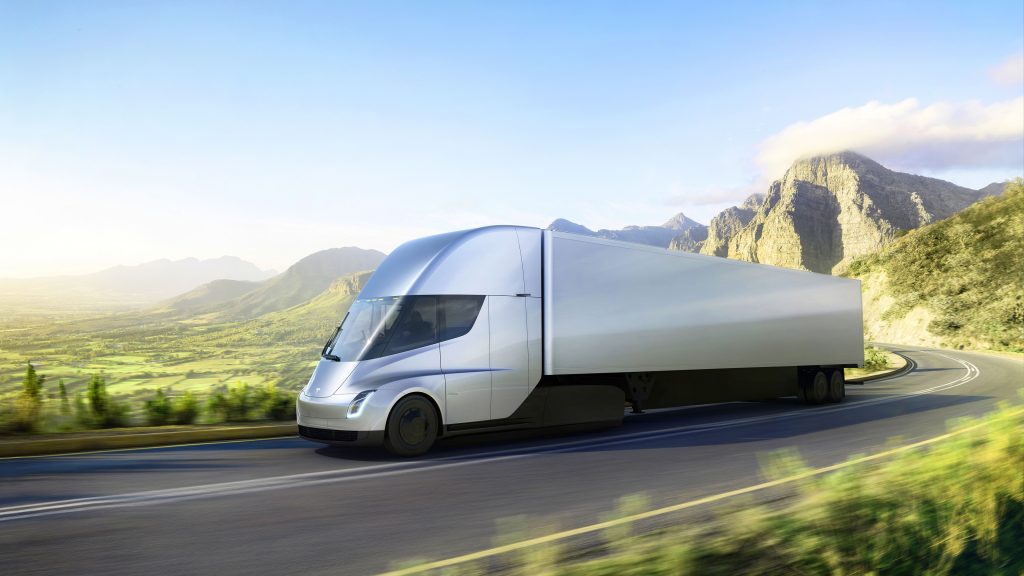Frederic Abbal, EVP – Infrastructure, Schneider Electric, says that a surge in sales of electric vehicles is a huge opportunity for utilities companies.
“There is impressive growth in electric vehicle (EV) use as consumers seek greener, emission-free transportation,” he said. “In 2016, there were record-breaking sales of EVs worldwide, and that growth is expected to continue. Some predict that one in six new cars in the world will be electric by 2025. How will this explosion in EV popularity benefit utilities?”
The GCC is seeing increased interest in electric vehicles with Tesla, Toyota and Renault actively promoting hybrids or full electric cars and trucks. Subsequently charging stations are becoming a more common sight. Leading the way is the Dubai Electricity & Water Authority in the UAE which previously announced that plans to have installed 200 stations by the end of 2018.
According to Abbal, a growth in sales represents a huge opportunity because EVs need charging stations and other essential power infrastructure and will depend on utilities to provide energy from renewable power sources and maximise off-peak charging energy use.
“Because of these needs, EVs will contribute to an efficient, cleaner, digitised energy system and infrastructure that is customer-centric while also furthering utilities’ climate change goals,” he remarked. “Utilities are also focusing on a different sustainability challenge—how to de-carbonise energy while expanding electrification and promoting efficiency in developing and rural regions of the world. In many regions, microgrids and clean, low-carbon power sources like solar, are the most practical power options—and the most sustainable.
Digital technology plays a key role in the solutions for new energy world problems because a smarter, data-centered grid allows better use of renewable resources and improves overall grid performance. Distributed energy resources (DER) like solar and wind continue to gain strength and popularity—BNEF predicts that solar and wind will dominate the future of electricity, with 72% of the $10.2 trillion spent on new power generation worldwide to 2040 being invested in new wind and solar PV plants.
“But to optimise grid assets today, utilities must push the current boundaries of these sources of power,” said Abbal. “This requires a data-focused infrastructure that gives utilities flexibility and control capabilities and an understanding of real-time grid conditions. Digitisation makes a major sustainability impact by optimizing grid operations and integrating IoT, IT, and OT systems.
“It’s clear that the explosion of EV and DER onto the electrical grid requires more sophisticated distribution utility operating systems. They’ll need real time operations and control to thrive within a more dynamic power distribution marketplace than we have ever seen. To stay competitive, utilities also need to rethink their business models. The future is low carbon and there are many advantages to adopting sustainability initiatives—including substantial economic returns for low-carbon investments, lasting market viability, competitiveness, and resiliency.”

